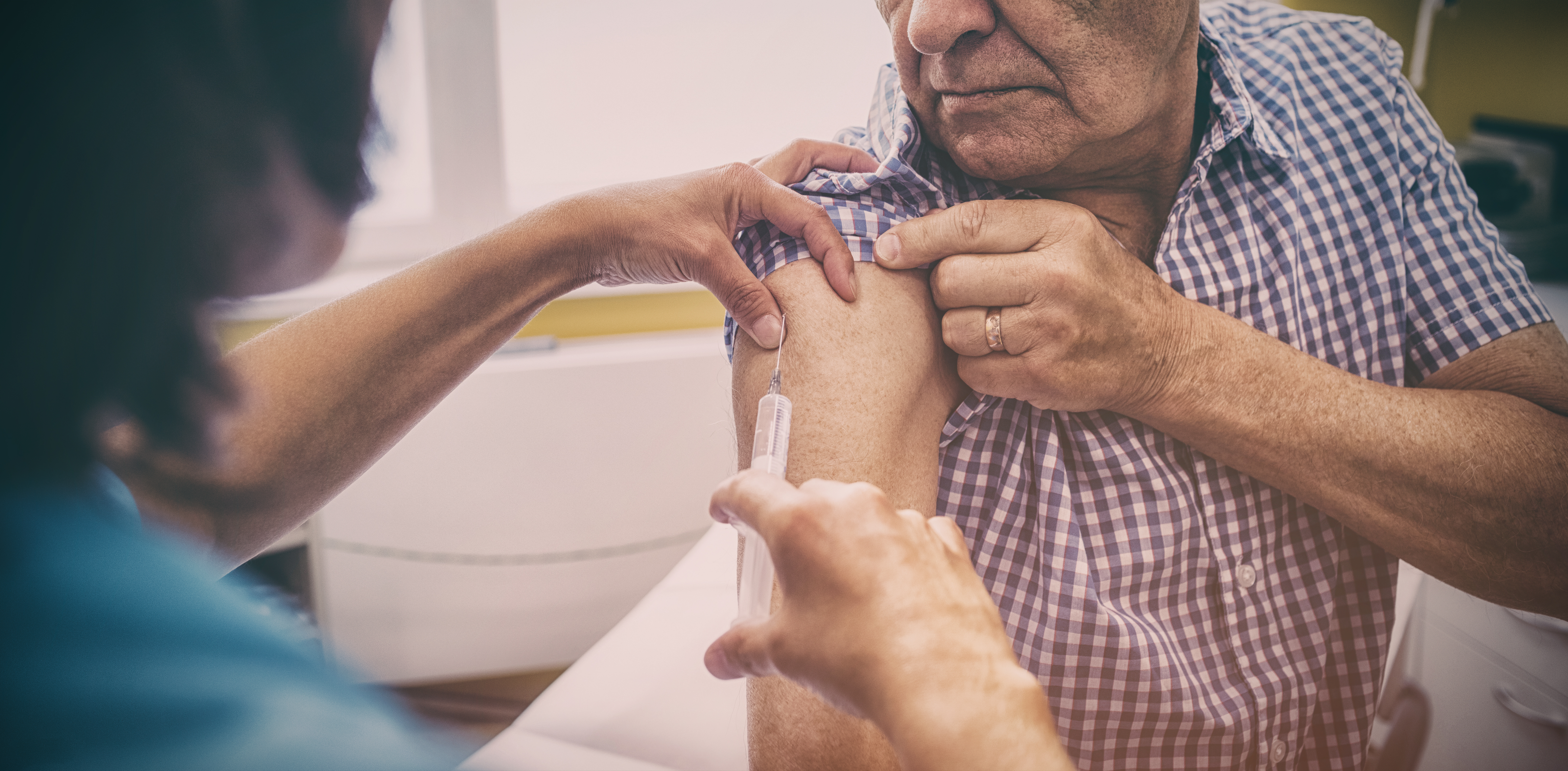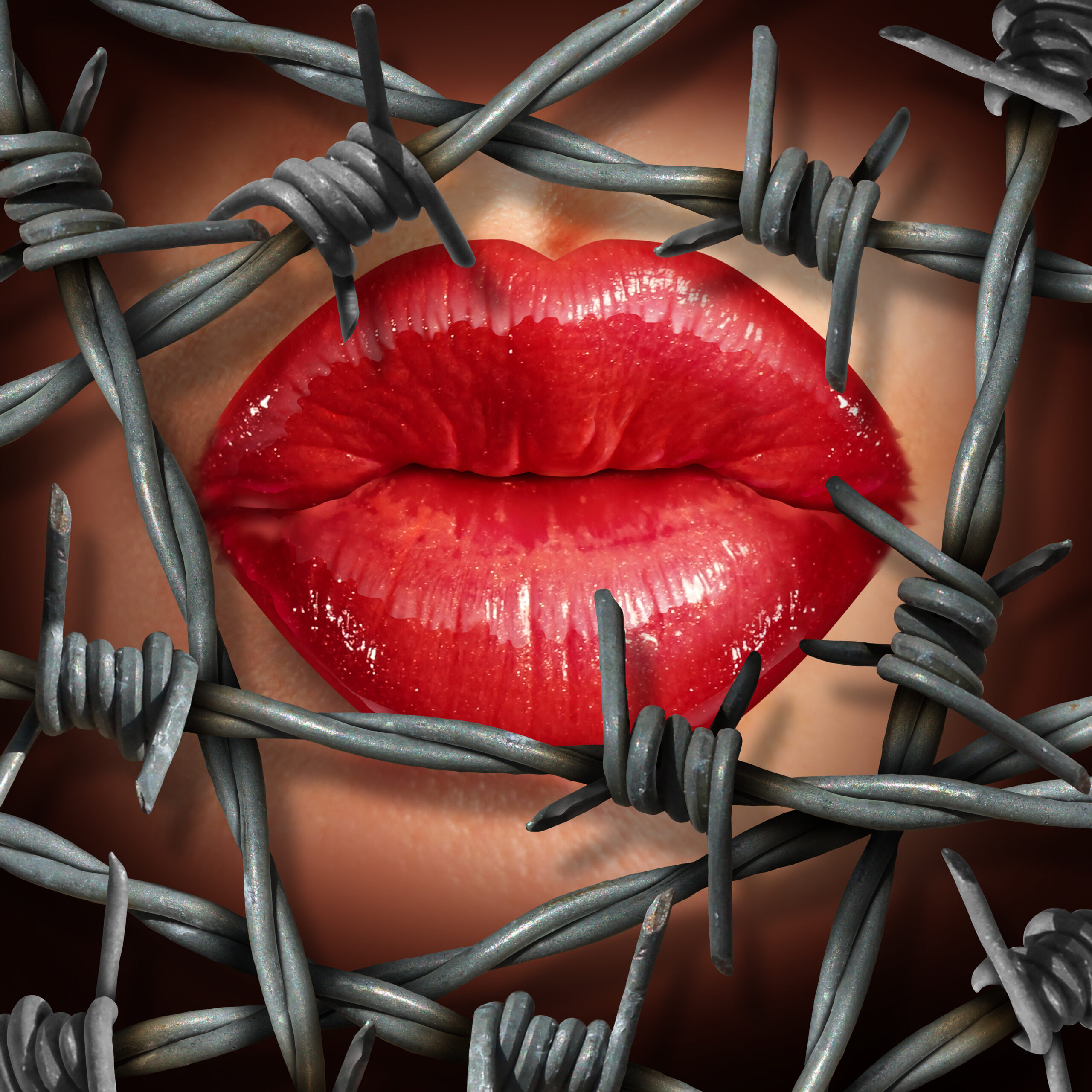by Whitney Butcher
People ages 60 and older account for over half of the reported cases of shingles in the U.S. and are most at risk for developing the viral infection. The painful and potentially debilitating virus enters the system as one recovers from chickenpox and can remain dormant in the body for years. When the immune system is weakened, whether by age or illness, the virus can reactivate to damage the nervous system. That damage manifests as the rash typically associated with shingles.
A rash is not the only possible symptom. Symptoms can also manifest as numbness, a burning sensation, tingling, sensitivity to light, blisters with filling fluid that pop then start to ooze, fever, headache and fatigue. In fact, it is possible to develop shingles without ever developing a rash. Most people, though, initially feel pain and then develop a localized rash in a striped formation around one side of the torso. The symptoms typically last for a couple of weeks to a month.
The virus that causes shingles, varicella-zoster, is related to the same strand that causes chickenpox. It can stay in the body for decades before reactivating as shingles. Because it enters during recovery from chickenpox, anyone who has had chickenpox is susceptible to developing shingles, although not everyone will. This is another reason why the elderly population is more at-risk; the majority of people who grew up without the chickenpox vaccine developed chickenpox.
People over sixty are also more at risk of developing long-term complications from shingles. The initial viral infection can lead to permanent scarring, chronic pain, necrotizing fasciitis, sensory loss, neurological damage and postherpetic neuralgia (PHN). PHN can cause depression, anxiety, insomnia, weight loss, confusion and pain that can last for years after the rash has faded. Shingles that develop around the eye and nose are particularly concerning because they can lead to glaucoma and Ramsey Hunt Syndrome. The initial viral infection can also lead to viral meningitis.
In 2006, the FDA approved the shingles vaccine Zostavax. It protects the receiver for approximately five years after the shot is given, but is not recommended for anyone under the age of 60. The alternative, Shingrix, was approved by the FDA in 2017. Research suggests Shingrix protects against shingles for longer than five years and is recommended for anyone over 50. Either vaccine can cause headaches, tenderness, swelling, redness, pain and itching at the injection site. While neither is guaranteed to prevent shingles, they can lessen the probability of developing the infection and PHN.
Someone with shingles can pass the virus to anyone who is not immune to chickenpox through direct contact with exposed shingle sores. That person will likely catch chickenpox and then remain at-risk for shingles. While most people only get the virus once, it is possible to develop shingles multiple times.
Once shingles has developed, it must be treated immediately. Doctors can prescribe antivirals. There should be increased medical attention for elderly patients because the symptoms can manifest more severely than in those with healthier immune systems. For instance, health care professionals have noted that this population is more prone to suffer from increased confusion and instability. Prompt treatment can also decrease a patient’s risk of developing long-term side effects.
For further information, see:
» https://www.cdc.gov/shingles/surveillance.html
» https://www.mayoclinic.org/diseases-conditions/shingles/symptoms-causes/syc-20353054
» https://www.drugtopics.com/shingles-vaccine/shingles-complications-elderly
» https://www.nhsinform.scot/illnesses-and-conditions/infections-and-poisoning/shingles








Leave A Comment